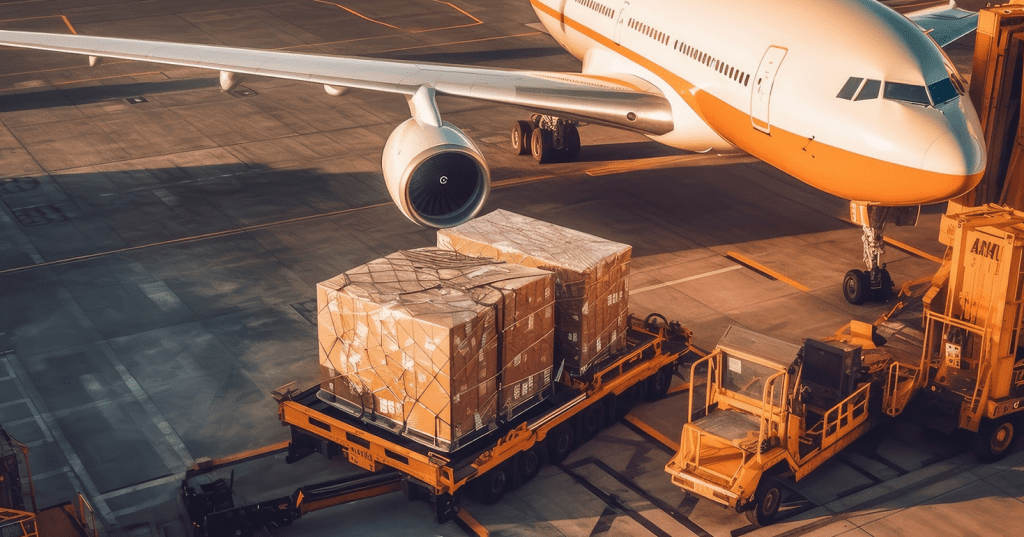Overseas cargo shipping can be daunting for newcomers. The challenges of unexpected delays, unforeseen fees, or damaged goods can be disheartening. Grasping the core essentials can minimize these hurdles.
This guide demystifies international shipping, providing businesses and individuals with the tools for smooth cargo transit. Dive in to navigate your shipping journey with assurance and ease.
Types Of Cargo Shipping Methods
Venturing into international shipping exposes one to various shipping methods, each tailored to different needs and cargo classifications. Choosing a shipping method that aligns with your cargo type and priorities is vital. This decision can significantly influence your shipment’s cost, efficiency, and safety. For instance, businesses utilizing overseas cargo shipping in Virginia or another location must consider proximity to ports and the nature of their goods when choosing a shipping method. Here’s a brief overview:
- Container shipping – This method uses standard-sized containers to transport goods. With a range of sizes available, these containers are well-suited for various manufactured items, making them a popular choice among businesses.
- Bulk shipping – Suited for loose, unpackaged goods such as grains, coal, and oil. This method does away with individual containers, transporting the cargo directly within the ship’s ample storage holds.
- Roll-on/roll-off shipping – Vehicles and machinery are designed to drive on and off the ship. People prefer this method to transport cars, trucks, and heavy equipment.
- Air freight – Goods are transported swiftly by aircraft. Though it comes at a higher cost than sea methods, its speed is unmatched, especially for urgent or perishable cargo.
By understanding the distinct features of each method, shippers can select the one that aligns best with their cargo type and shipping priorities. Choosing wisely at this stage is vital for both efficiency and economy in shipping.
The Do’s Of Overseas Cargo Shipping
Navigating the complex world of international shipments requires a blend of knowledge, foresight, and careful planning. Here are some essential reminders to ensure your cargo’s smooth journey:
- Do research on freight forwarders – Choose reliable partners to facilitate your shipment. Examine their track record, check customer reviews, and assess the breadth of services they offer to ensure they meet your needs.
- Do understand regulations – Familiarize yourself with the customs and duties relevant to your destination. Be informed about restricted or prohibited items and know country-specific rules and laws. Proper knowledge helps avoid unexpected obstacles or penalties.
- Do insure your shipment – Unpredictable events can arise during transit. Secure appropriate insurance coverage to safeguard your cargo. Evaluate the potential risks against the insurance costs to determine the most beneficial coverage.
- Do track your cargo –Modern technology provides real-time shipment tracking. Use these tools to stay updated on your cargo’s location. This knowledge offers peace of mind and helps coordinate logistics upon arrival.
By adhering to these best practices, shippers can significantly enhance the chances of their cargo reaching its destination efficiently and without issues. A little foresight and preparation can often prevent more considerable headaches down the line.
The Don’ts Of Overseas Cargo Shipping
While there are numerous steps you should take when shipping internationally, there are also pitfalls you’d be wise to avoid. Steering clear of these common mistakes can save both time and money, ensuring a smoother experience:
- Don’t underestimate costs – International shipping involves various expenses beyond the shipping fee. Be wary of hidden costs such as handling fees, storage charges, and fluctuating currency rates. Always ask for a detailed breakdown.
- Don’t neglect documentation – Incorrect or incomplete paperwork can lead to substantial delays and extra costs. Ensure all required documentation is accurate, complete, and submitted on time. Stay updated about the paperwork specific to your destination country.
- Don’t choose the wrong container size – Selecting a container that’s too big can be an unnecessary expense, while one that’s too small may not fit all your goods. Measure your cargo accurately and consult your shipping company to select the most suitable container.
- Don’t ignore transit times – Knowing the expected delivery times is crucial, especially if your shipment is time-sensitive. Avoid making commitments or plans based on optimistic estimates. Remember that international shipping can face unforeseen delays, such as weather disturbances or customs hold-ups.
- Don’t neglect shipper communication –Handing over your goods shouldn’t mean you’re out of the loop. Overlooking regular communication can lead to missed updates on delivery changes, customs issues, or transit damages. Maintain contact with your shipping company. Consistent updates keep you informed, allowing swift action on any challenges.
Being conscious of these don’ts can help you sidestep many common pitfalls in international shipping. A successful shipping experience often hinges not just on what you do right but also on the mistakes you avoid.
Conclusion
Navigating international waters with your cargo need not be a journey filled with uncertainty. With proper guidance and choices, smooth sailing is entirely achievable. Remember, success in overseas shipping often lies in attention to detail and nurturing the right partnerships. As you gear up for your next shipment, understand that your global reach awaits. Trust in proven strategies and embark with confidence.






